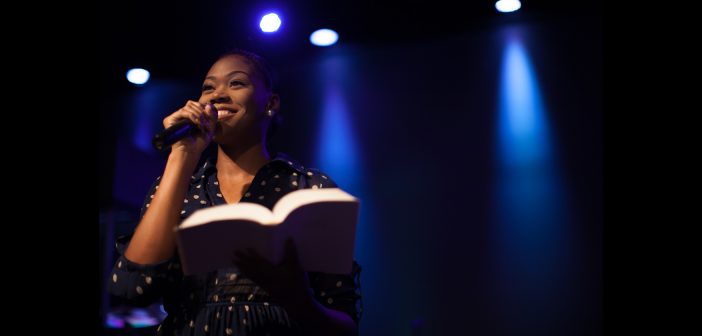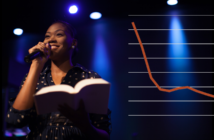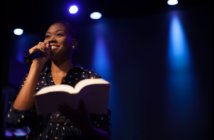![]() Download the complete 2017 Clergy Age Trends Report.
Download the complete 2017 Clergy Age Trends Report.
Highlights of the 2017 Report
Number of Young Elders Shows Downturn in 2017
After three consecutive years of growth, the number of elders under 35 declined in 2017. Growth among young elders has been slow but relatively steady since 2005 when the church had only 850 young elders who represented 4.69 percent of active elders. In 2017, there are 950 young elders that comprise 6.71 percent of the pool of active elders, declining from 1003 young elders and 6.84 percent in 2016. Despite the loss of 53 young elders, their relative percentage remains about the same because of the continuing decline in the total number of elders. The overall pool of active elders is now smaller by 4,000 elders since 2005.
Summary video of 2017 Clergy Age findings. Download this video free.
First Declines in Young Women Elders
Virtually all the increase in young elders since 2005 has come from clergywomen. Women as a percentage of young elders during this period went from 31 percent to a high of 41 percent in 2015. In 2016, for the first time, there was a modest drop in the number and percentage of women among young elders. However, in 2017, the decline is much more dramatic. There are 34 fewer young women elders in 2017 than in 2016, and their percentage of young elders dropped to 39 percent. However, the impact of the growth in the number of young women elders can be seen in these figures.
| Young Male Elders in 2005: 587 | Young Female Elders in 2005: 263 |
| Young Male Elders in 2017: 583 | Young Female Elders in 2017: 369 |
| Change: -4 | Change: 104 |
Middle Age and Older Elders Mirror Recent Trends
The makeup of middle age elders (ages 35 to 54) and older elders (ages 55 to 72) remained proportionately about the same as last year even as their numbers declined. This middle age group is 37 percent of all active elders, a record low, and down from 65 percent in 2000 to 37 percent in 2017, a record low. Elders between ages 55 and 72 comprise 56 percent of elders in 2017, a record high, and up from 30 percent as recently as 2000.
Fewer Elders and More Local Pastors
Elders and local pastors are appointed as pastors of congregations. Since at least the 1980s there has been a major decline in the number of active elders while the number of local pastors increased dramatically. This pattern continues in 2017. There are 513 fewer elders and 104 more local pastors in 2017 than in 2016. The result is that since 1990 there are 7,355 fewer elders and 3,576 more local pastors. In 1990, there were over five elders for each local pastor; today there are just under two elders for each local pastor. In 2017, there are 14,152 elders and 7,512 local pastors.
Age of Retirement Continues to Rise
Since 2000 there has been a fairly consistent increase in the age at which clergy retire. The average does not increase every year, but the trend is markedly upward. The average age at which United Methodist clergy retired in 2000 was just under 64. In 2016, the last full year of data, the average retirement age had increased to just over 66.6, up slightly over 2015. The retirement ages for different types of clergy are similar but not the same. For example, in 2016 the retirement ages were: elders – 66, deacons – 67, full time local pastors – 67, and part time local pastors – 70.
![]() Download the 2017 Clergy Age Trends Report.
Download the 2017 Clergy Age Trends Report.
Previous Clergy Age Trends Reports
![]() 2016 | 2015 | 2014 | 2013 | 2012 | 2011 | 2010 | 2009 | 2008 | 2007 | 2006
2016 | 2015 | 2014 | 2013 | 2012 | 2011 | 2010 | 2009 | 2008 | 2007 | 2006




